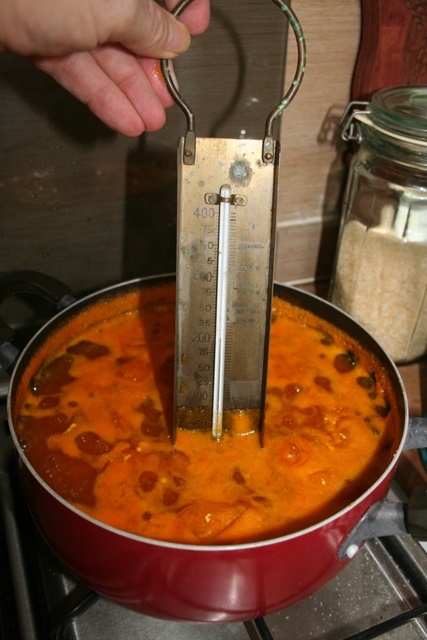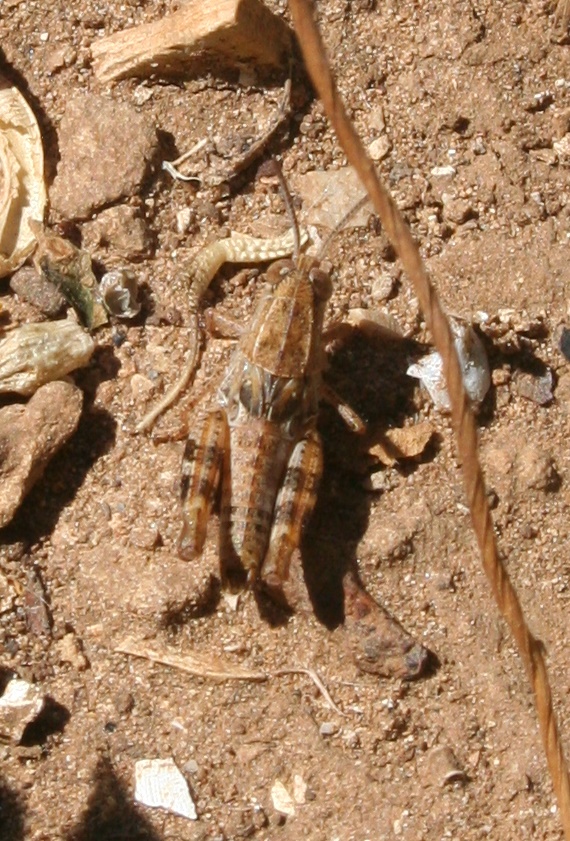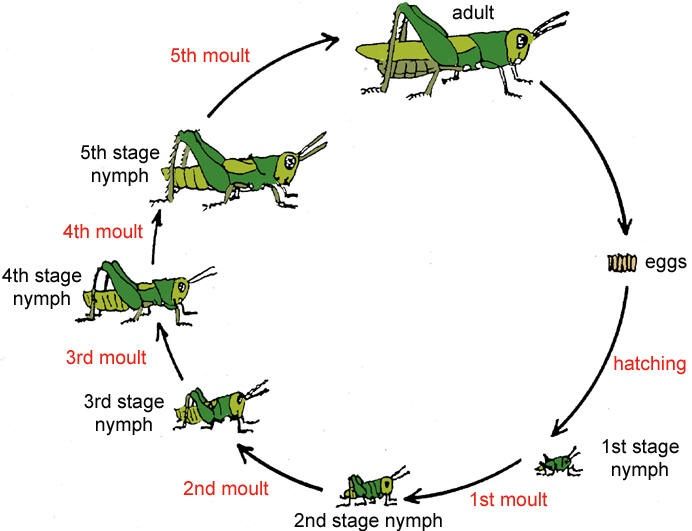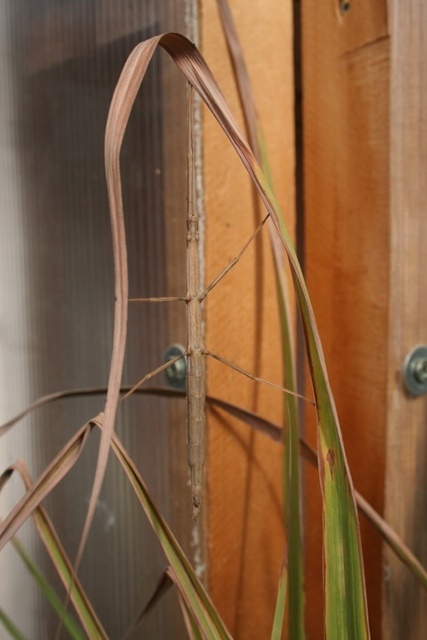A Jamming session

This week: The Hot zone; Show your stripes; Cycle days; A Jamming session; The tried and tested way; Sirens and Nymphs;
26 down, 26 to go! We are half way through the year. This is the twenty sixth blog of 2019, so in just a few short months, we will leave the second decade of the 21st century and enter the third. As the climate crisis continues I cannot but help wonder what my Dol house, together with its orchards and slowly developing gardens will be like.
I get feedback saying the links I put into the blog are useful. I have a list of used links, so if I need to repeat one, I can find it easily. The tally for links used so for in 2019 is 317.
That is a lot of pages of additional information. There will be a test next week 😉
The hot zone
As the temperature climbed across western and central Europe this week, it has been unseasonably warm in Dol too. We have had temperatures that we usually see in late July and early August. Like everywhere there are climate anomalies here too.

Based on my five years of figures, the hottest weeks of the year are always the last week of July and the first week of August. I have recorded temperatures of 36ºC during this period fairly consistently, with the highest temperature one day of 38ºC. But nothing close to the 35ºC I recorded this week, for any comparative week in June.
In Dol this week we have been six or seven degrees above the average for similar weeks in June.
That still pales when you consider the all time records that have been broken all across France, Germany, Poland, Switzerland and the Czech Republic this week. The all time high was 45.9ºC in Gallargues-le-Montueux in the Gard département, southern France on Friday.
When I lived in Abu Dhabi, the normal summer temperatures were close to and occasionally over 50ºC. But with 90% humidity. Being outside was like being in a steam room. I used to tell people that once the mercury reached 40ºC, it was so hot that any more was not really noticeable.

There are still severe heat warning in place into next week, but I think here in Dol, while we may just exceed 33ºC, that is about as high as we will get for the moment.
What I do wonder though, is what the weather will be like in our usual hot period in four weeks time. If this weeks average is +6ºC above the running average, a similar over the average increase would take us into the forties.
There is no universally accepted definition of a heatwave, due to variations in climate conditions in different world regions. Typically though, they are defined by an unseasonably hot period – usually five degrees or more above the average daily maximum – that lasts at least three days. We’ve had that this week!
Meanwhile I am irrigating everything in sight just to keep trees alive.
Show your stripes
I came across some interesting climate research carried out by Professor Ed Hawkings from Reading University this week.
There are a huge variety of views about climate change, from the ‘change deniers’ at one end to the end of the world ‘preppers‘ at the other. Climate change and global warming are used interchangeably. Global warming happens across the globe, but it is at a local level where climate change is noticed.
But for Humankind, who predominantly understand visually, how do you adequately describe the emergency we are all now in?

The graphic, in this case for Croatia, shows all too clearly how the years have become hotter.
The “Show your stripes” website will display the temperature change for countries and cities, from 1901 to 2018, using colours. They need no explanation.
These graphics are being used on everything from clothing to flags to vehicles, so you may see one near you soon…
Cycle days

I was getting my old motorcycle out to turn the engine over, may be even take it for a spin this week, but I discovered that the valve lifter has a broken cable.

This is an 87 year old,1932 New Hudson 550cc single, so has one huge cylinder, the same model as the one in this video.
Being a true vintage machine, there are a plethora of controls on the handlebars. As well as the usual brake and clutch levers, there is a valve lifter. This is so that when you are starting the machine, you can kick the engine over with the kick-start lever without too much difficulty.
The lever lifts the exhaust valve so that there is less pressure in the cylinder when starting.
Another oddity that modern motorcyclists will not know how to use is the advance and retard twist grip on the left handlebar. Even before everything was electronic, engine timing had been made automatic, so that as the engine accelerates, so the points which control the spark at the spark plug, also speed up.
But before automatic advancing points were invented, the advance and retard of the points was done manually by the rider, using his (or her) skill and experience.
Starting these old engines take a bit of technique, but is not difficult to learn.
What is more difficult is making sure you have the correct tools. The threads on the New Hudson are all imperial, so you need things like 11/32” spanners to undo nuts!

The cable goes through a barrel nipple and should have a ‘fist’ made in the end of the wire, so when it is soldiered in place it holds. It looks as though the soldering has been just a straight through joint and it has pulled out. The barrel nipple has been lost.
At the other end, after struggling to get the engine fairing off, I found the lift lever was flopping about and the spring tensioner had elongated.
New Hudson stopped making motorcycles in 1932, so this is the last of the line. I have various manuals, but they lack details of workshop procedures, so I contacted the Vintage Motor Cycle Club, to which I belong, to ask for members help.

Help wasn’t long in coming, with much useful advice being shared by members with 20 years more experience of motorcycle riding than I have.
I found a company in Amsterdam who supply all the parts I need to repair the Bowden cable, but lacking my new workshop, I have been working in a confined space in the Konoba. It has been hot and tiring work.

I like to know what I am dealing with, so created my own exploded diagram – missing in the manuals of the time – before I took the timing cover off to explorer the inner working of the valve lifter.

I then had to employ a range of cameras from a USB microscope to digital video, to really get a good idea of what is happening. Filming short video clips helps show the moving parts and also that there is a gap measuring one or two millimetres, when the lift lever should be in contact with the valve lift cam.
Stripping everything and cleaning the parts also showed an anomaly on the lever. I think it has been repaired in the past. I have set the wheels in motion to get replacement cables and I have a solution to get the bike running, I just need my workshop to be able to do the work!

A Jamming session
Jamming sessions mean different things to different people. Depending whether you are a musician or are or know a member of the WI might just colour your judgement…
You can have too much of a good thing, really you can. I picked all the yellow plums I could reach using the big ladder this week. After a few buckets and giving most of them away, as I was watering in the drupe orchard, I noticed that the Apricots were starting to fall.
Apricots are natives to the Mediterranean, their origin is believed to be Italy and like many food plants, they were transported throughout the Roman empire.
These are two varieties of Apricot tree, which I planted two years ago, Portici and Monaco Bello. They seem to like the poor dry soil and baking summer heat as they have grown now to over three meters tall. 8 meters is their normal height.
Last winter I cut back the growing shoots in an attempt to keep them to a manageable size. This spring I was rewarded with an abundance of blossom and as I mentioned a couple of weeks ago, quite an amount of fruit.

I have been picking and eating them as dessert for a few days. This week I collected more bags of fruit, again giving some away but I was left with almost five kilograms of fruit, so I decided to make some jam.

The use of language here in Dol is interesting. Not least because the Chakavian dialect of coastal Dalmacia is intertwined with standard Croatian.
I have learned vocabulary words, only to find that they are not in the dictionary, because they are dialect. My neighbours often struggle to give me the standard Croatian word for something, but can give a couple of different dialect expressions.
A language will have the ending ‘ski’ added to the word, so if you are talking about English, it is ‘Engleski’, Arabic is ‘Arapski’, Swedish ‘švedski’ etc. In Dol,people talk Dolski – the Dol dialect, a not so subtle variation of the dialect, which is not understood beyond the island.
So too with “Jam“. The word “Marmalad” is used here for the conserve or compote we know in English as Jam . Doesn’t matter what the fruit is, marmalad is jam.
Croatian has a word for marmalade, that conserve made with oranges, lemons or occasionally grapefruits, all of which are grown locally. It is “Marmelada”. Similar, but different. There are also two words in Croatian for Jam, ‘Pekmez’ and ‘Džem’. The latter pronounced phonetically as ‘jem‘. But look for it on a supermarket shelf.

There is of course a difference between a compote and a jam. Jam is made with whole or diced fruit including any available juice, boiled with sugar to release the pectin in the fruit. As it cools it thickens and remains a fairly thick mixture of fruit pieces and sauce which can be spread on bread or toast.
A compote is made from the same fruit, also whole or diced, but cooked in syrup. Often spices can be added, a piece of Cinamon Stick, or Star Annice, to balance sweetness and enhance flavour.
It is more runny than jam and is often served on its own as a dessert, or perhaps with ice cream, or even with that other British delicacy, custard. Then of course in the American version of the English language, jam and jelly have different meanings too….
The tried and tested way
I don’t have a genuine “jam pan“. In the Edwardian era and before, every home would have had a jam pan. Usually made of copper with a cast iron handle, the jam pans had just one purpose, conserving summer fruits for use throughout the year.

Recopies today specify using “non-reactive” pans, because of the acidic content of fruits. So although my largest pan is a pressure cooker, because it is made from aluminium, the acid in the fruit would react with the metal.
Instead I use the largest non-stick pan in the pantry. My left over Apricots weighed in at just under five killogrammes. They were coarly chopped in a food processor, mixed with two whole oranges, less the pith, and the juice of a lemon.


I worry about the amount of sugar in jam – look at the food label to see how much is in your 450gm jar – so I use a low sugar recipe, substituting it with local honey.
Most traditional recipes call for ⅔ of he weight of fruit to be added in sugar too. Why not just eat sugar cubes instead?
The pan is then brought to a rolling boil for 15 minutes, bringing the temperature up to 210ºF. I use my Grandmothers cooking thermometer to check the temperature. It only reads in degrees Fahrenheit.

The test to see when the jam is ready to be bottled, is to put a plate in the freezer while the jam is boiling, then at 15 minutes, dollop a tea spoon of the mixture on the plate and see if it skins over. Try again at 20 minutes.

Reducing the sugar content lengthens the time the jam needs to boil and this batch was ready after 25 minutes.
I keep and reuse glass jars. There is no way to recycle glass here on the island, and so I have a supply of 1Kg honey jars. The lids are covered in boiling water, and the jars sterilised and then immersed in water until just before they are filled.

I use a kilner funnel to make the filling easy. I leave a 10mm air gap between the lid and the fruit, screw the lid on tightly and wait until it “pops”, then I know it is vacuum sealed.

This batch of Apricot jam will be stored in the cool pantry for the winter. I did have a little left over, which I will use straight away. Turning the basin on its side shows a slow ooze of the jam southwards, just the right consistency.

I have to say, it does taste good….
Sirens and Nymphs
The nymphs are hatching! As I was watering my Greengage tree in the courtyard I saw one looking at me. A couple of days later, there were dozens of them.

Time for a little relocation I think. They are voracious eaters, rapidly defoliating plants. Last year they devoured most of the new leaves before I had realised what was happening. Already the damage is visible.

I am using the tip of an IKEA pencil, which most readers will have had at some time, to give an idea of scale.
It is the leaves which photosynthesise sunlight into sugars which are transported to the roots of the plant as food, giving off oxygen in the process. No leaves, no photosynthesis.
A close look on Saturday didn’t reveal the white discarded cases, the exoskeleton, from their first moult. Generally with five to seven days between each moult, I can find the empty cases suspended from the edge of leaves.
With none visible, I suspect that these are the first Instar nymph stage and have yet to go through their first moult.
We have a lot of different grasshoppers, from the small garden variety, superbly camouflaged, to the huge Egyptian grasshoppers, which hibernate over the winter.


The grasshopper and all these similar insects start their life-cycle as eggs laid in the soil.

They hatch in the spring and go through progressive moults until they reach adult size. They then mate, the females lay their eggs and the process starts again.

I also have different varieties of crickets, including house crickets which keep you awake on warm summer nights and the beautiful Katydids.

It is a bit early for them, although they too have probably hatched, I just haven’t spotted any yet. I also have Stick Insects in the garden too.

So I have a generally healthy insect population, sufficient, but not too many, except on the Greengage….
Pity the residents of another Mediterranean island who have had the worst swarms of locusts for sixty years this spring. Locusts are a species of short horned grasshoppers, which in a response to overcrowding, causes the insects to swarm, breed and increase their numbers exponentially into the millions.
Whole swathes of Sardinian crops have been stripped by the swarm this year. Although Locusts are not unknown on Hvar, swarms are very few and far between.
Oh, and about the Sirens, we don’t have any on the island. Try Greece… NRC
6 Responses
Andy Obridge
Yes it has been a ‘little’ warmer and earlier than usual Norman. The humidity higher as well, Explained to me as being due to exceptional wet May we had.
No workshop needed! Put a tarpaulin up, just to keep the sun off. What you cannot buy, makem that is what I end up doing but draw the line at camshafts!
You mention dialect. Sometimes I have to ask Lidija what someone has written or said, She has no idea either! I have a friend in Sinj that even my friends do not understand,
Different words for the same item often confuses. How many names for tomato? One name for melon can mean different types as well! And of course marmalada you mention.
All the joys of being an Alien in Croatia!
Michael
Norman,
Greetings from sweltering Italy. We left the oven of Verona this morning – 40C with local warming on Thursday while enjoying Aida in the Arena during which we consumed 8 bottles of water – and arrived up at Canizei in the Dolomites this afternoon. With the benefit of 1450 metres of altitude the temperature is a much more pleasant 28C, but the locals regard that as terribly hot. On the other hand the altitude does increase the solar radiation!
That lifting cam looks most unwell. Has its surface hardening been breached?
Best wishes,
M
Graham
We will do you a jam swap–raspberries for peaches.
Hyder Sakota
Hi Norman
It is warm in Dol, hope you are fine.
I like your homemade Apricot jam.
Do you have a plan to visit UK this summer.
All the best
Tony Griggs
Cold here in Australia Norman. Jam looks tasty! Going to have to swing by yours when next in Europe. Maybe 2021! Enjoy the summer days!
Marcy
Norman, Love the pictures and the detail of “jamming” or marmalade this week. You fruit looks amazing.
I’m in Portland Oregon visiting my son. Heading home later today.
Can hardly wait to see you on that motorcycle.
Thank you for sharing. It looks beautiful where you are.
Big hugs
Marcy